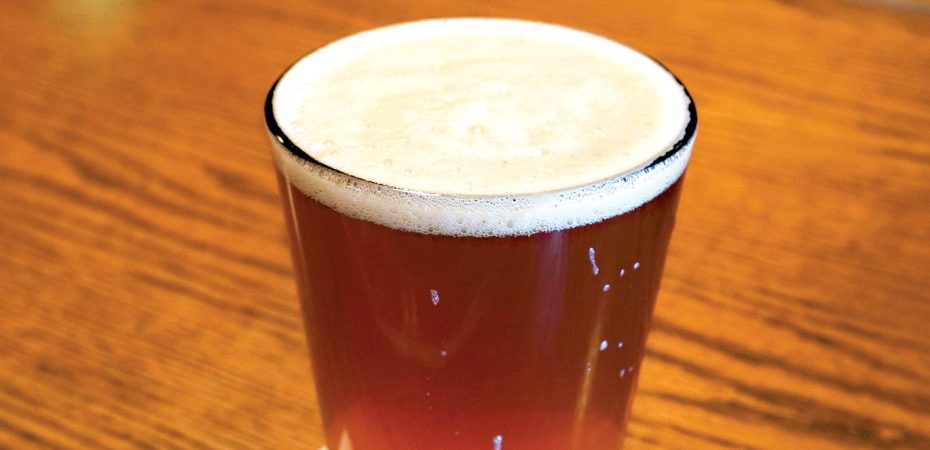Approaching beer from a background in poncey wine writing, I find most beer labels about as easy to crack as the enigma code. Do I want a beer that’s ‘hoppy’ or ‘malty,’ or should I really push the boat out and go for one that’s ‘hoppy and malty,’ preferably ‘traditionally brewed’?
Scratching my head in my local offie the other day, I really couldn’t decide – until I found a bottle of Adnams Broadside describing itself as “rich in fruitcake aromas, almonds and conserved fruit.” Is it a coincidence that Suffolk-based Adnams is both a brewer and a wine merchant? I’ll let you decide.
The wine market has boomed since the mid-1980s when New World wineries, notably the Australians, began sticking grape varieties and tasting notes on their labels. Through simple communication consumers developed an interest in what they were drinking and gained sufficient confidence to experiment. But New World wines aren’t new any more and the beer market is changing. Yes, it’s still dominated by the bland and the mainstream but there’s never been such a choice of specialist beers, and their trump card is taste.
Wheat beers are vying with fruit beers; dark lagers and imported bottled lagers are competing with premium British bottled beers; American pale ales and craft beers are beginning to kick butt. And many of these beers, being of higher alcoholic strength, are encroaching into wine’s wind-down after-work territory where they are served in wine-style glasses and sipped, slightly chilled, as opposed to being chucked, frozen, down necks. These are beers not just to be drunk, but tasted. Consequently, beer writing is blossoming, despite the fact that most brewers are withholding the ammunition – a sensible language of beer.
My fact-finding mission down the offie convinced me of one thing; that premium British bottled beers are leading the charge in the war of words. To pick just one example, with its provocative slogan – “What’s the matter, Lagerboy, afraid you might taste something?” – at least Wychwood’s Hobgoblin puts its words where its mouth is. Its Legendary Ruby Beer label describes a “blend of smooth, rich flavours from chocolate and crystal malts, combined with a refreshing bitterness from English Fuggles hops and a dash of citrus aroma from Styrian Goldings.” Yes, it bangs on about malt and hops – what else is there for beer to bang on about, other than yeast and water? – but it goes that one vital step further and explains in plain English the flavours these ingredients bring to the brew.
This Article is from Beers of the World Issue 18, and the rest can be found here.

